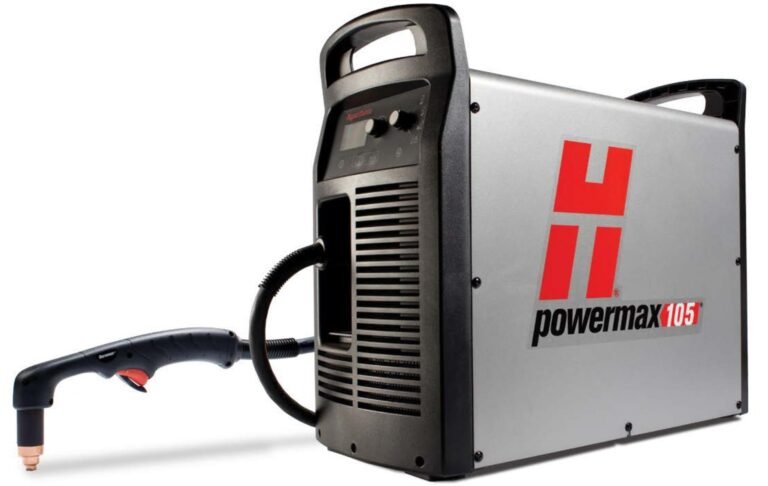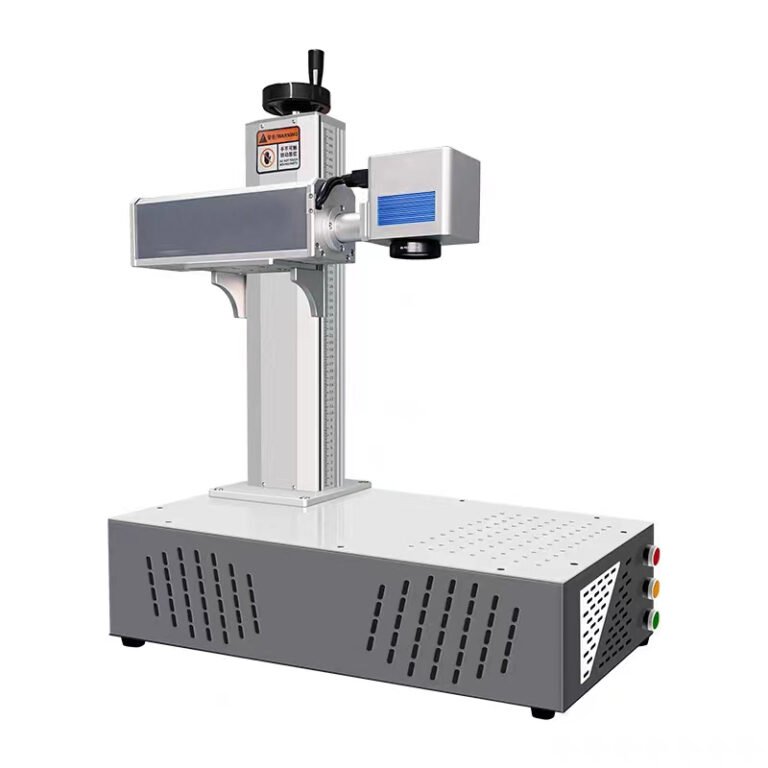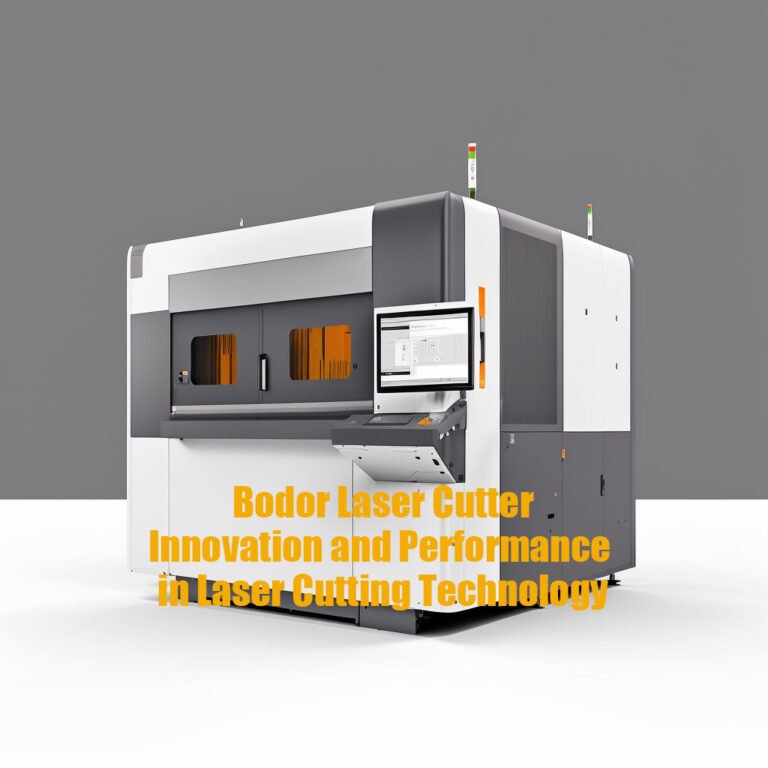Why Use Laser for Deep Cleaning? Exploring the Benefits and Applications
Deep cleaning is a crucial process in various industries, including manufacturing, aerospace, automotive, and medical. Traditional deep cleaning methods, such as chemical cleaning, pressure washing, and sandblasting, can be time-consuming, labor-intensive, and environmentally harmful. To address these challenges, laser technology has emerged as an efficient, precise, and eco-friendly solution for deep cleaning. In this article, we will explore the benefits and applications of using laser for deep cleaning.
How Does Laser Deep Cleaning Work?
Laser deep cleaning works by using a high-intensity laser beam to remove contaminants from the surface of materials. The laser beam is directed towards the surface of the material using a scanner or a robotic arm. The laser beam interacts with the surface of the material, creating plasma, and generating shockwaves that remove the contaminants.
The laser beam can be adjusted to meet the requirements of the cleaning process, including the intensity, the pulse duration, and the spot size. The laser deep cleaning process is non-contact, meaning that the laser beam does not touch the surface of the material, reducing the risk of damage and contamination. The laser deep cleaning machine can be operated manually or automated, depending on the application.
Benefits of Laser Deep Cleaning
Laser deep cleaning has several advantages over traditional deep cleaning methods, including:
Efficiency: Laser deep cleaning can remove contaminants from the surface of materials quickly and efficiently, reducing the cleaning time and increasing productivity.
Precision: Laser deep cleaning can be adjusted to target specific areas of the surface, providing precise cleaning and ensuring that only the contaminants are removed.
Environmental Friendliness: Laser deep cleaning does not use chemicals or abrasive materials, making it an eco-friendly alternative to traditional deep cleaning methods. It also produces minimal waste, reducing the environmental impact.
Safety: Laser deep cleaning is a safe deep cleaning method, as it does not produce dust, fumes, or other hazardous materials. It also reduces the risk of accidents and injuries associated with traditional deep cleaning methods, such as chemical exposure and physical strain.
Cost-effectiveness: Although the initial investment for a laser deep cleaning machine may be higher than traditional deep cleaning equipment, it can provide long-term cost savings due to its efficiency, precision, and minimal maintenance requirements.
Applications of Laser Deep Cleaning
Laser deep cleaning has a wide range of applications in various industries, including:
Industrial:
Automotive: Laser deep cleaning can be used to remove contaminants from automotive parts, such as engine components, brake systems, and gears.
Aerospace: Laser deep cleaning can be used to remove contaminants from aerospace components, such as turbine blades, jet engines, and landing gear.
Manufacturing: Laser deep cleaning can be used to clean molds, tools, and production equipment, reducing downtime and improving productivity.
Conservation and Restoration:
Artifacts and Monuments: Laser deep cleaning can be used to clean delicate and valuable artifacts and monuments, such as sculptures, paintings, and historical documents, without causing damage.
Historical Buildings: Laser deep cleaning can be used to restore historical buildings and structures, such as cathedrals, castles, and bridges, by removing contaminants and restoring the original appearance.
Medical:
Dental: Laser deep cleaning can be used to remove biofilm and other contaminants from dental equipment, reducing the risk of infection and ensuring proper sterilization.
Surgical Instruments: Laser deep cleaning can be used to remove contaminants from surgical instruments, ensuring proper sterilization and reducing the risk of infection.
Conclusion
Laser deep cleaning has emerged as an efficient, precise, and eco-friendly solution for deep cleaning. It can remove contaminants from a wide range of materials, including metals, plastics, stones, concrete, and glass. Its applications span various industries, including automotive, aerospace, manufacturing, conservation, restoration, and medical
With its numerous benefits over traditional deep cleaning methods, laser deep cleaning is poised to become a standard cleaning equipment in the future. As technology continues to evolve, laser deep cleaning machines are becoming more efficient, affordable, and versatile, making them accessible to more businesses and industries.
In addition to its applications in deep cleaning, laser technology is also used in other fields, such as cutting, welding, and marking. This versatility makes laser technology an attractive investment for businesses looking to improve their productivity, efficiency, and competitiveness.
Despite its many benefits, there are still some limitations to laser deep cleaning. For instance, the process may not be effective on highly reflective materials, and the initial investment cost may be prohibitive for small businesses. However, as the technology continues to improve and become more affordable, these limitations are likely to diminish.
In conclusion, laser deep cleaning is an efficient, precise, and eco-friendly solution for deep cleaning. It offers numerous benefits over traditional deep cleaning methods, including efficiency, precision, environmental friendliness, safety, and cost-effectiveness. Its applications span various industries, including automotive, aerospace, manufacturing, conservation, restoration, and medical. As technology continues to evolve, laser deep cleaning is poised to become a standard cleaning equipment in the future.





